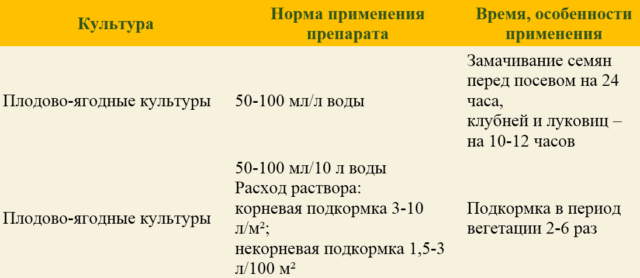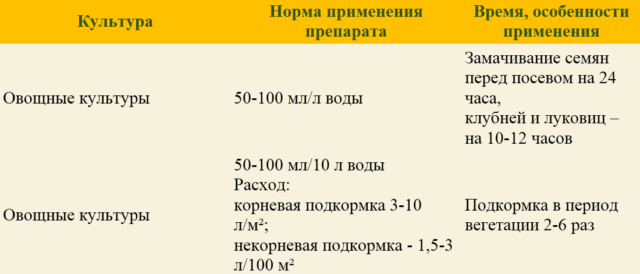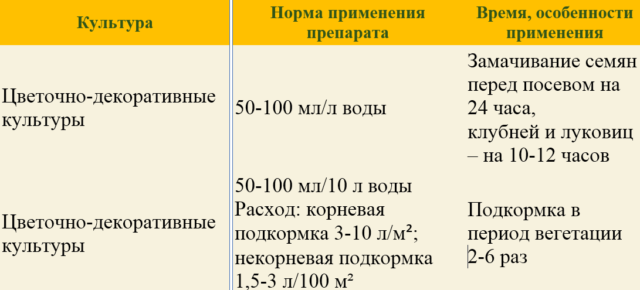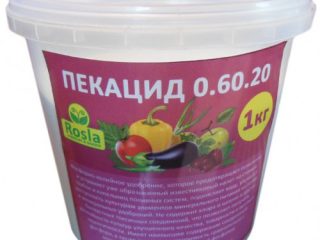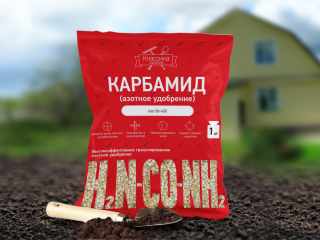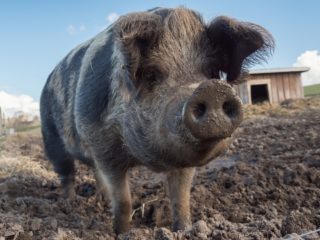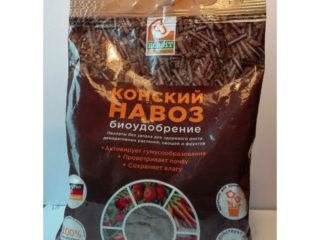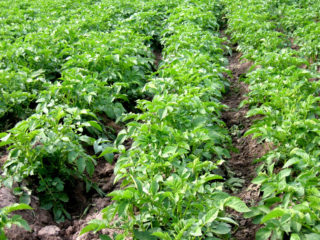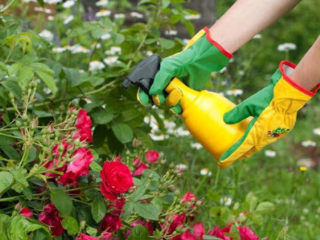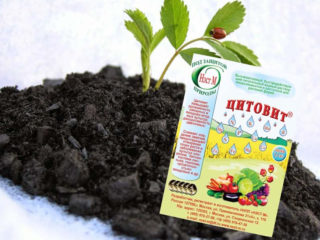Content
Potassium humate Prompter is a fertilizer that is becoming fashionable. Manufacturers often advertise it as a miracle product that provides huge yields. The opinions of drug buyers range from “we were deceived, there is no result” to “we got an excellent harvest.” But the point is not that the former bought a fake, and the latter the original. Humates are biological products and do not belong to the usual simple fertilizers. They must be used very carefully. In some cases, using the product will not have an effect. Sometimes humate can even destroy the plant.
What is it needed for
The manufacturer claims that potassium humate Prompter is an almost universal drug. It can be used both when planting plants and during the growing season and fruiting. Potassium humate, designated “for indoor flowers,” is also suitable for seedlings. And even the dosage of all varieties of Prompter is the same for fruit crops, green crops, and root crops. The manufacturer is not directly deceiving here, but he is not telling the truth. And this omission allows him to sell a whole line of potassium humate:
- universal;
- for the green ones;
- for vegetables;
- for fruit and berry crops;
- for garden ornamental plants;
- for indoor flowers.
Potassium humate is truly suitable for all plants. And even the dosage for almost all crops will be the same.
What are humates
To put it simply, it is a product of complete decomposition of organic matter. That is, exactly the form of nutrients that plants can absorb. As a result of decomposition, a black mass is obtained. The main composition is humic acids. The amount of humates in the soil can be determined by its color: the darker it is, the more of these substances there are in the soil.
On an industrial scale, the product is produced from peat, brown coal or other similar raw materials. The main thing is the high content of the necessary complex of substances. The raw material contains humic acids that need to be extracted. This is done using alkalis. When acids are neutralized, the result is salts and water. Depending on the type of alkali, humate can be:
- potassium;
- sodium;
- nitrogen.
The latter is the most valuable for gardeners, as it contains the main element necessary for plant growth.
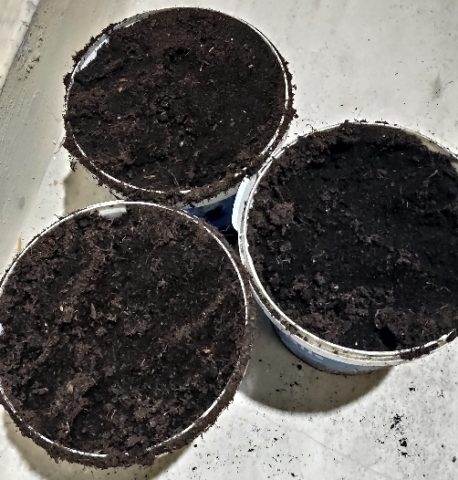
Good soil does not need humates, they are already there
Composition of Potassium Humate Prompter
The main active ingredient of the drug is potassium salts of humic acids. In addition to them, the concentrate contains:
- amino acids;
- peptides;
- growth stimulants;
- enzymes;
- antibiotics.
Thanks to the stimulants, potassium humate Prompter is often used as a growth regulator by soaking planting material in it.
Advantages and disadvantages
For each type of fertilizer, the manufacturer is forced to indicate its advantages. It would be strange if potassium humate “Prompter” for indoor flowers accelerated the ripening of root crops. But there are also general positive characteristics:
- increased resistance to diseases, fungi and poor environmental conditions;
- improved survival rate during planting and transplantation;
- stimulation of the development of above-ground and underground parts of plants;
- restoration of natural soil fertility;
- stimulation of the development of beneficial soil bacteria;
- prevention of salt deposits;
- safety for people and animals.
That is, the usual qualities inherent in fertile soil.
The remaining characteristics relate specifically to the type of culture:
- Fruits and berries: high yield, large fruits, good survival rate of seedlings.
- Vegetables: accelerated and friendly germination of seeds, rapid ripening of vegetables: increased shelf life of fruits.
- Green: higher percentage of sprouted seeds, rich taste.
- Garden flowers: increasing flowering time, improving decorative appearance.
- Indoor flowers: improvement of decorative qualities in winter, early and abundant flowering.
The main disadvantage of Prompter is the danger of overdose. A small amount of potassium humate stimulates the development of the root system and improves the absorption of nutrients by plants. But in case of an overdose, a reverse reaction occurs: potassium salts “bind” soil elements and transfer them to an indigestible state.
With an overdose of Prompter, the root system becomes coarser and woody. If you pull the plant out of the ground, the roots will look like a stiff brush.
The second disadvantage is the uselessness of application on fertile soils. Chernozem and peat already contain substances contained in the Prompter.At a minimum, using the drug will not produce results, at most, the plant will die.
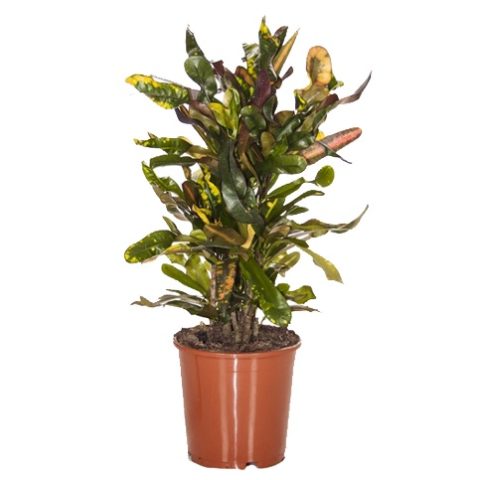
Due to the small volume of the earthen coma, home flowers need frequent feeding
Instructions for use of Potassium Humate Prompter
A general rule for all varieties of Prompter: the concentrate must be diluted immediately before use according to the instructions. It is included with each bottle. But if you collect all the labels and lay them out side by side, it turns out that the concentration of the finished solution is the same almost everywhere: for soaking seeds, cuttings, tubers and seedlings 50-100 ml/l of water: for feeding already growing crops 50-100 ml/10 l .
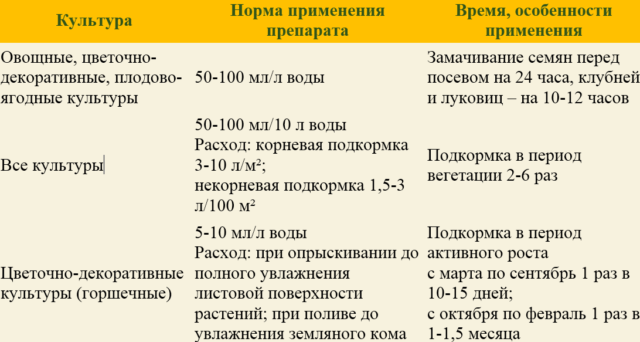
Prompter - a universal drug
The method of preparing fertilizer is also the same for everyone, including indoor flowers. Therefore, the instructions for preparing the solution may sound somewhat strange. The only requirement that is true for all types of crops is: the amount of finished fertilizer must correspond to the volume of planned work. The consumption of the composition is indicated in each of the tables for the corresponding type of Prompter.
Manufacturer's recommended preparation method:
- fill the sprayer bottle, usually its capacity is 10 liters, ⅔ full with water;
- pour in the concentrate in a thin stream, stirring constantly;
- add water until full;
- mix again.
After this, the “Prompter” can be used for its intended purpose. If more than 10 liters of solution is needed, increase the amount of concentrate and water accordingly.
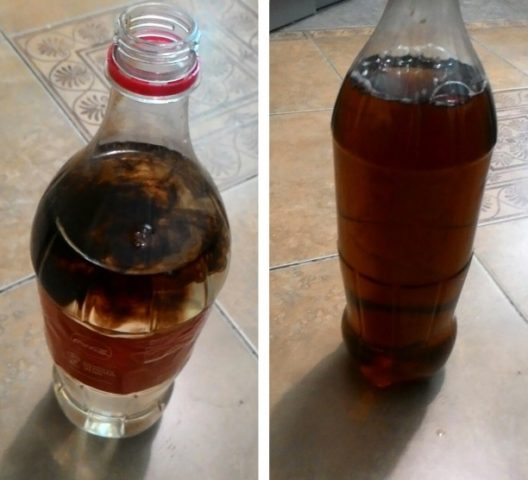
The concentration of potassium humate in the solution is very high for feeding plants; it is intended for soaking planting material
It is unlikely that 10 liters of product will be needed to stimulate the growth of several flower bulbs or seedlings. In terms of the method and frequency of use, differences between Prompters objectively exist.
Scheme for fertilizing fruit and berry crops with potassium humate:
- Pome and stone fruit trees, berry plants: immediately after the snow melts and the start of sap flow, in the phase of flower buds, after flowering in the phase of ovary formation, during fruit ripening
- Grapevine: when the buds are swelling, during the growth of foliage, at the beginning of flowering, during the formation of clusters.
- Strawberries: at the beginning of leaf growth, during flowering, after harvesting the berries.
Using the same scheme, you can feed plants with a universal version of potassium humate, as shown in the table:
For vegetable crops, the scheme for fertilizing with potassium humate Prompter is very variable:
- all root crops are fed 1.5 weeks after germination and then another 2-4 times with a break of 1.5 weeks;
- tomato, eggplant, pepper, cabbage, cucumber, pumpkin - when transplanting seedlings to a permanent place or on the 3-5th day after seed germination. Subsequently, fertilize 3-6 times every 12 days;
- onions - in the 3rd leaf phase and later twice with an interval of 2 weeks;
- garlic - 3-5 days after pecking the leaves and again after 1.5 weeks;
- potatoes - when the tops reach a height of 10-15 cm and a second time during the generation of buds.
The scheme for using the Prompter for vegetable crops is presented in the table:
All herbaceous green crops are fed only once, immediately after seed germination.
Prompter dosage table for green crops:
Garden ornamental perennials must be fertilized for the first time in early spring, when they wake up from winter hibernation. Annuals are fed in the full germination phase. During the growing season, potassium humate is added another 3-6 times with a break of 2-3 weeks.
The dosage of the Prompter for garden flowers is presented in the table:
For indoor flowers, “Prompter” is used almost all year round. March-September – every 2 weeks. October-February – once every 30-45 days.
Prompter dosage for indoor flowers:
Precautions during operation
Potassium humate “Prompter” is not toxic and does not require special safety measures from humans. Caution is needed when using it on flowers. An overdose will have a detrimental effect on the plant as a whole and the root system in particular. It is better to err on the side of too little of the drug than too much.
Terms and conditions of storage
Since Prompter is a liquid solution, its shelf life is relatively short, only 2 years. But the drug does not require special conditions. It can be kept right in the country house or in the garage. The temperature range that the Prompter can withstand is from - 20 to + 30 °C.
Conclusion
Potassium humate Prompter can be useful on poor soils. Well suited for plants that have poorly developed root systems. But it is harmful or useless if the plant is recently planted in fertile soil.
